Tarmo Virki, a cofounder of Lahhentagge gin distillery in the Estonian island of Saaremaa, describes how his wife and he launched the distillery from the scratch without having any money to start with.
“Darling, we have to rebuild the village distillery.” In January 2016, my wife, Maarit, came home from a walk around our village, Lahetaguse, on the western coast of the Estonian island of Saaremaa, with a clear vision.
During the walk, she had combined two facts that had been in front of our eyes for years – the island was covered with juniper trees; and explorer Fabian Gottlieb von Bellingshausen, who discovered Antarctica in 1820, was born in the village in 1778 near the site of a former distillery.
Looking back, it was a wonderful idea, but at the time I had my hands full with the CoFounder magazine and a few other projects. However, I promised Maarit I would fully support her in executing her plan.
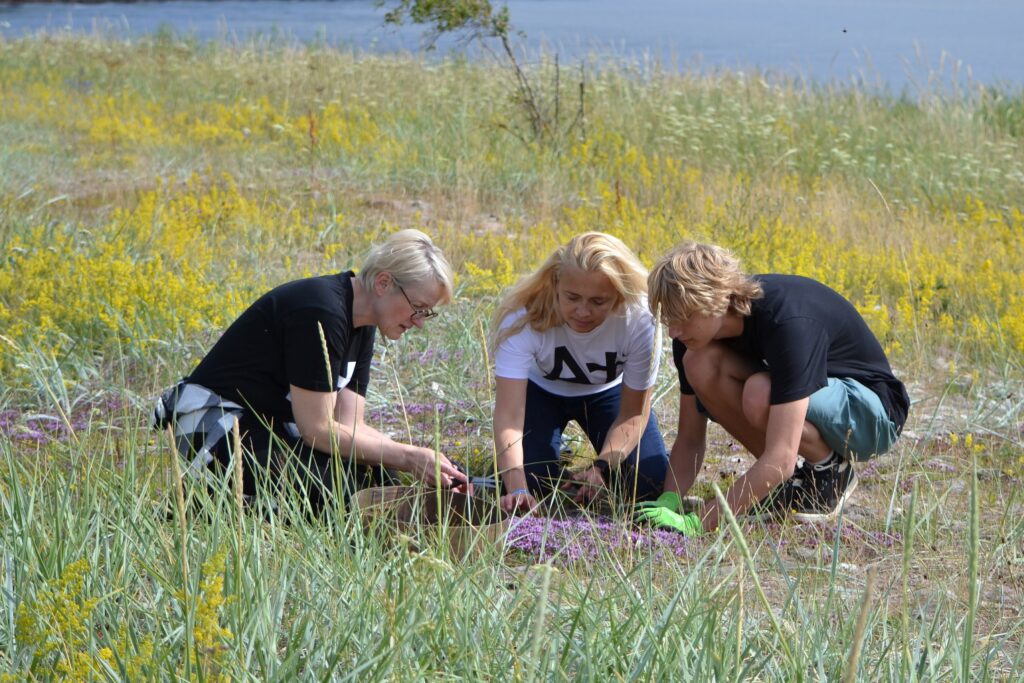
To get a better understanding of what opening a distillery would involve, in 2016, we attended a few drinks’ industry trade shows and quickly grasped we needed time and money.
We had neither, so we had to think outside the box. Distilling equipment can easily cost you $50,000-100,000 (and it might take 12-24 months to deliver) and if you need to buy or build a factory, it can be many times more.
Basically, we had to quickly launch a minimum viable product – known as MVP – and take it to the market in order to learn how this industry works, and to show possible investors that we were on the right track. We took the startup industry approach and “hacked” the market, collecting herbs for the recipe from the island, and we found a production partner in Belgium to produce it.
To raise the money for the MVP, we rented our home out on Airbnb, and spent the summer of 2016 in a rental flat preparing for the launch of our distillery, called Lahhentagge (the German name for Lahetaguse village) – we worked on designs, recipes and social media accounts.
In general, Airbnb worked well for raising starting capital, allowing us to raise the first $4,000 for Lahhentagge – enough to manufacture our first gin, Lahhentagge Ösel Dry, in 2017.

More capital needed
However, we knew more capital was needed if we were going to launch our own distillery.
We did not need millions. I remember a semi-joke I heard at one of the seminars at Bar Convent Berlin, one of Europe’s top drinks industry events, when someone tried to launch a new gin in the US with just $3 million for marketing it – the adviser suggested they just split the money and go their separate ways as that way everyone would be winning.
A few months before we launched the gin, I went on stage at the Seed Forum and then at the Estonian Business Angels Network to pitch Lahhentagge to investors. I had a killer line to finish: “You all know that 95% of startups fail, but with us, there is no need to worry – even if we fail, you can drink your losses.”
The audience had a good laugh and we got our first investors interested in joining, but for a lot of local investors, it was still way too early.
To convince them, we had to get the product out on the market. Launching a gin seemed obvious as the island of Saaremaa is covered with juniper trees. There are no historic links to gin making on the island, but it’s often referred to as juniper island, and I reckon many thousands of home distillers have used juniper berries to infuse their moonshine throughout history.
Local berries are one of the key elements that make our gin special. Only a few gin manufacturers use Nordic berries, and no-one makes gin out of the berries on Saaremaa. We don’t stop at the berries either – we forage half-a-dozen different herbs from the island to include in our gin.
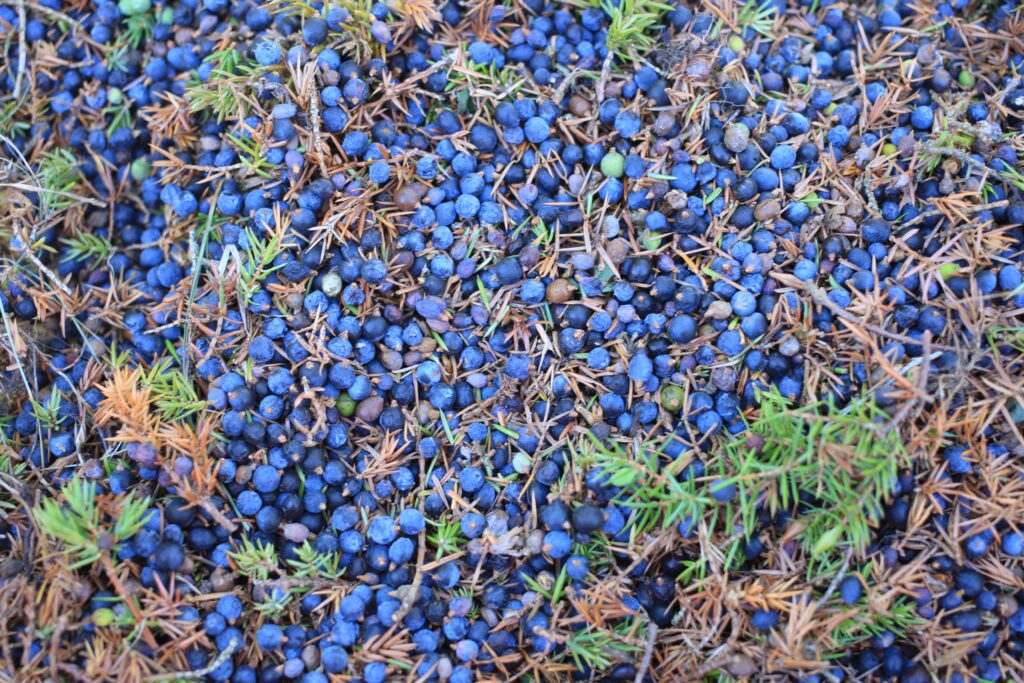
You can cut corners here and there in the food industry, but you can’t really “fake it till you make it”. You could permanently damage your brand or, worse, kill people. But you can bring new thinking to corporate processes.
The two most typical ways to enter the gin industry is you either invest a lot of money and build a distillery, or you invest even more money, outsource your production and spend your money on marketing.
We aimed to break that model. We could have done with some extra capital when launching, but we were too busy to think about raising finance – we used social media to spread the word and expanded our sales network as much as we could short term.
We got some attention in the local print media thanks to our media contacts, but at the same time, we asked a food journalist working for Eesti Ekspress, the country’s top weekly, to hold back on publishing an in-depth story about us, instead running it later when we had expanded the number of our sales outlets.
Looking around
We needed money to buy distilling equipment. We had talked with banks to see on what conditions we could borrow €50,000, researched cheaper alternatives and also researched possible state support systems, but, three days after that first in-depth story was published in Eesti Ekspress, we got an interesting email from one of the main players in the Estonian drinks industry.
It took a number of meetings and a couple of months of negotiations to agree on valuation and other conditions before they joined the investment round.
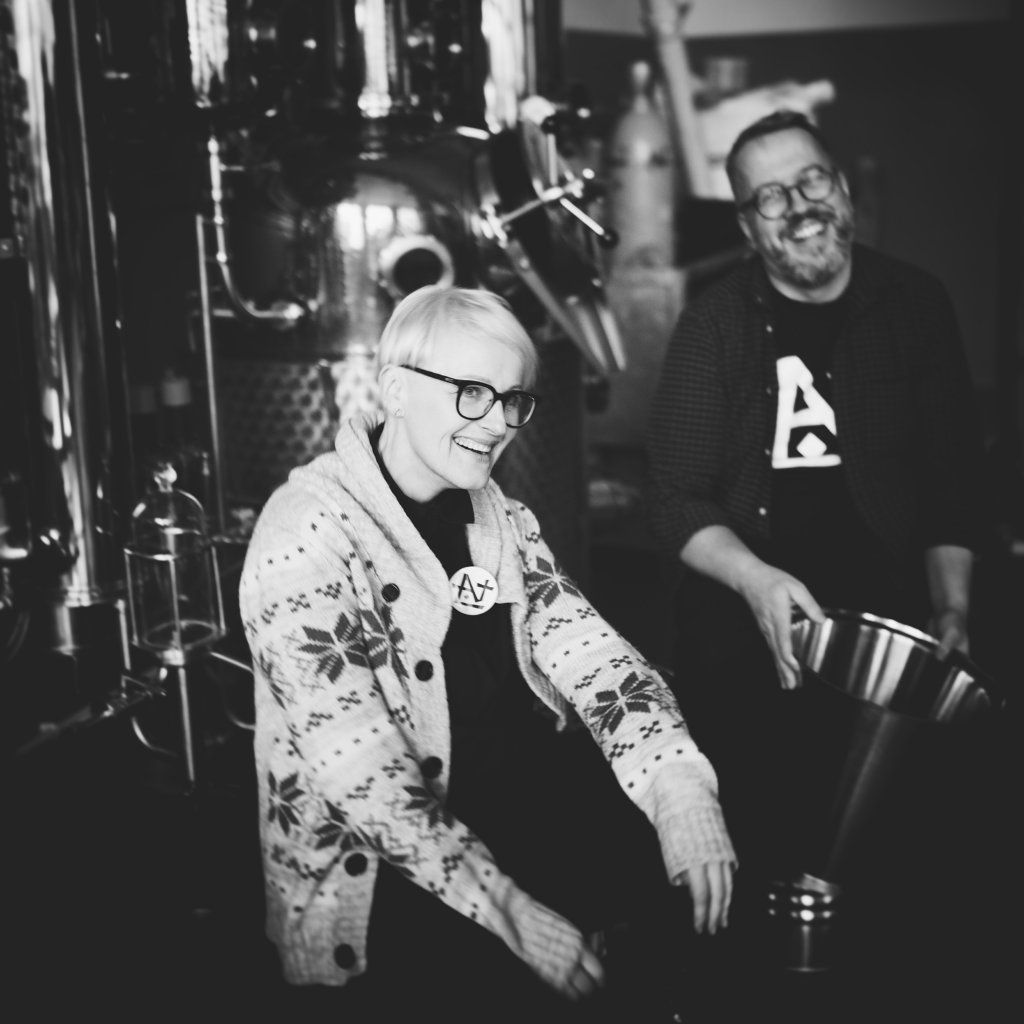
The end of 2017 was tough. We found one smaller investor to join the round, but we negotiated with at least half a dozen interested investors; we just could not agree on valuation.
In early 2018, our lawyers started preparing the paperwork for the small round and, before we closed it, six more small investors had joined. By July, we had a surprising amount of money in our bank account and were able to put in an order for the distilling equipment. However, the gin industry has exploded in recent years – the best machine craftsmen are overloaded with work and delivery times are, at best, one year.
The tonic splash
While waiting for our machinery to be built, we turned to the creation of tonic water, together with a local production partner, that we could produce it on the island. In November 2018, we agreed with Kuressaare, the capital of the island, to recycle the city’s Christmas tree for our spruce and cardamom tonic water.
Recycling Christmas trees was something we had thought about quite a lot, but most domestic trees dry up too much for any taste to remain in the needles. When we figured out that the city tree doesn’t dry, it was obvious we needed to reach an agreement with the city.
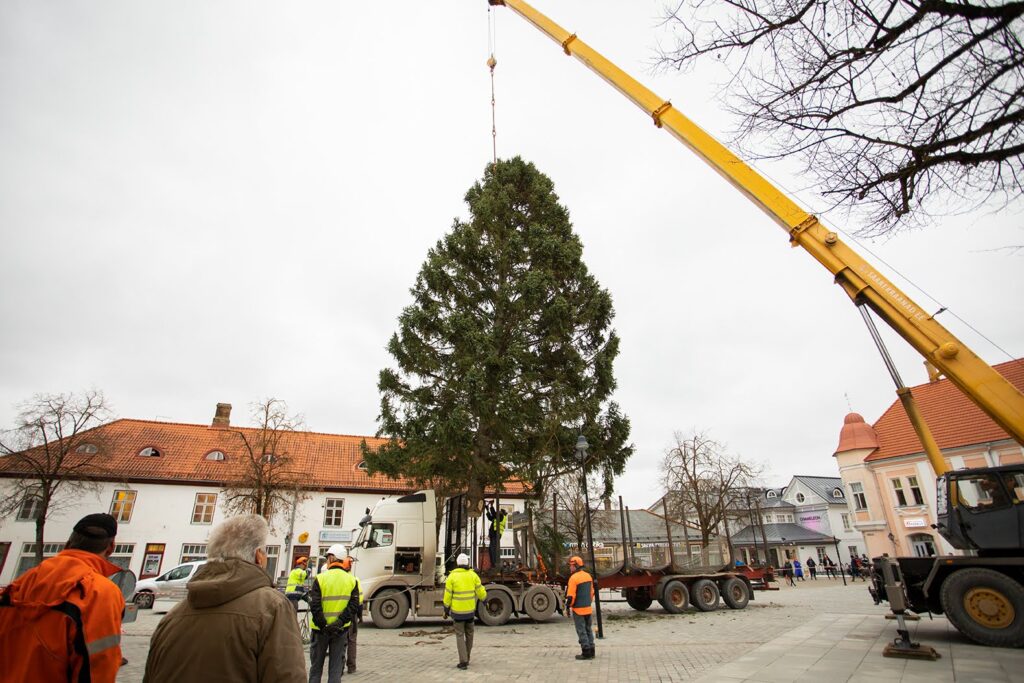
Finding a new life for Christmas trees is a massive challenge around the world, so when we found a totally new way for their usage, thousands of people rushed to follow what we are doing. But from a Facebook “like” to meaningful sales is a long road, especially in an industry where you need local resellers and wholesalers and where it costs a lot to ship glass bottles from one country to another.
To avoid extra shipping costs and grow out from an island without massive logistics costs, we started to experiment in 2021 with a kind of franchise model for tonic production. We are doing the core work on the product here in Saaremaa, but a small local brewery bottles the tonic water in Romania for the Romanian market.
The first tests went amazingly well in the summer, and we are looking to upcycle a local Romanian Christmas tree for the next summer season.
Homecoming
The coronavirus with lockdowns and bar industry limits has also hit us hard. On the home market, it closed one of the two main sales channels for us; on export markets, it made operating increasingly tricky. For example, in early 2020, we had events planned and scheduled for Paris, but we had to refocus on the go and worked quite a lot with the Latvian market.
Our long-planned crowdfunding round opened in late January 2020 on the Fundwise platform. News flow from around the world was increasingly worrying; stock markets tumbled here and there, some days were bleak. However, in early March, we had the round together, and after a few months of legal work, we had some €200,000 in our bank account.
At the same time, in early 2020, we bought the first home for Lahhentagge, a former municipal house in nearby Lümanda village. The location was natural for us, as in the 1890s, when the Russian czar’s officials built the house; it also served as the municipal centre for people from Lahhentagge village.
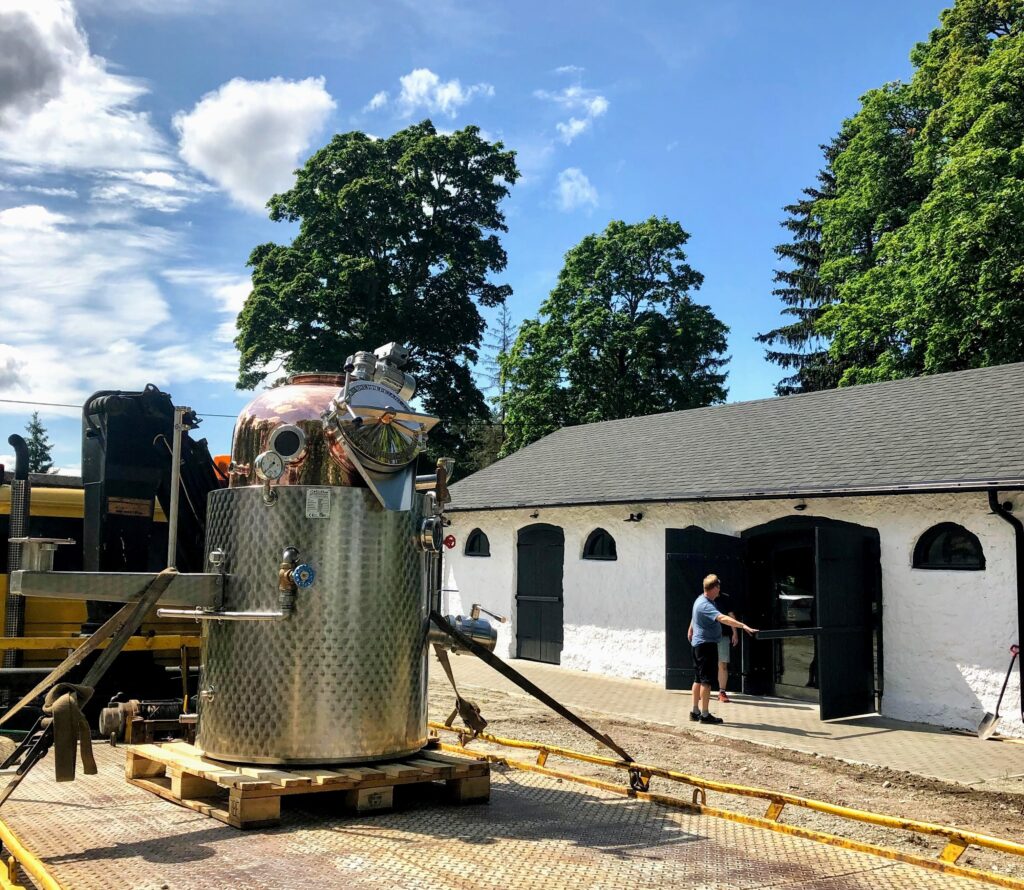
Interestingly, the house’s location was measured so that it would be as far as possible from the local pubs. We started by renovating the main room – which was originally built for local court hearings – and from the summer of 2021, it serves as the Lahhentagge bar.
The former carriage hall that was in a relatively poor condition is fully refurbished to its original glory and it serves now as our small factory. We welcome guests in Saaremaa – and look for new connections abroad again as the world is increasingly learning to live with the new versions of the virus.
Cover: Lahhentagge bar and distillery in Saaremaa. Photo by Tarmo Virki.

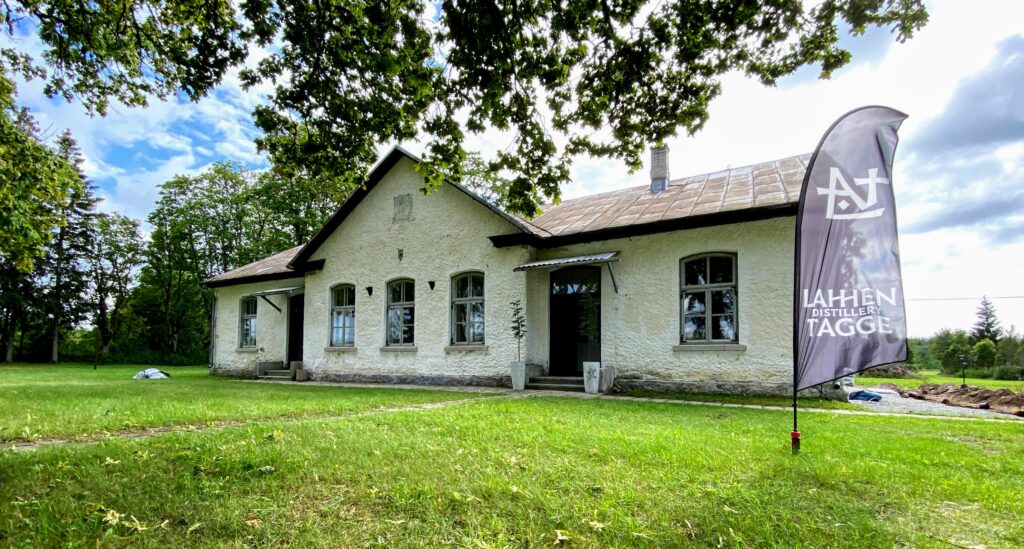
Happy to be a small part of you endeavor Tarmo it is never easy to fight start up battles. Succes is on the way. Best Wishes from India.